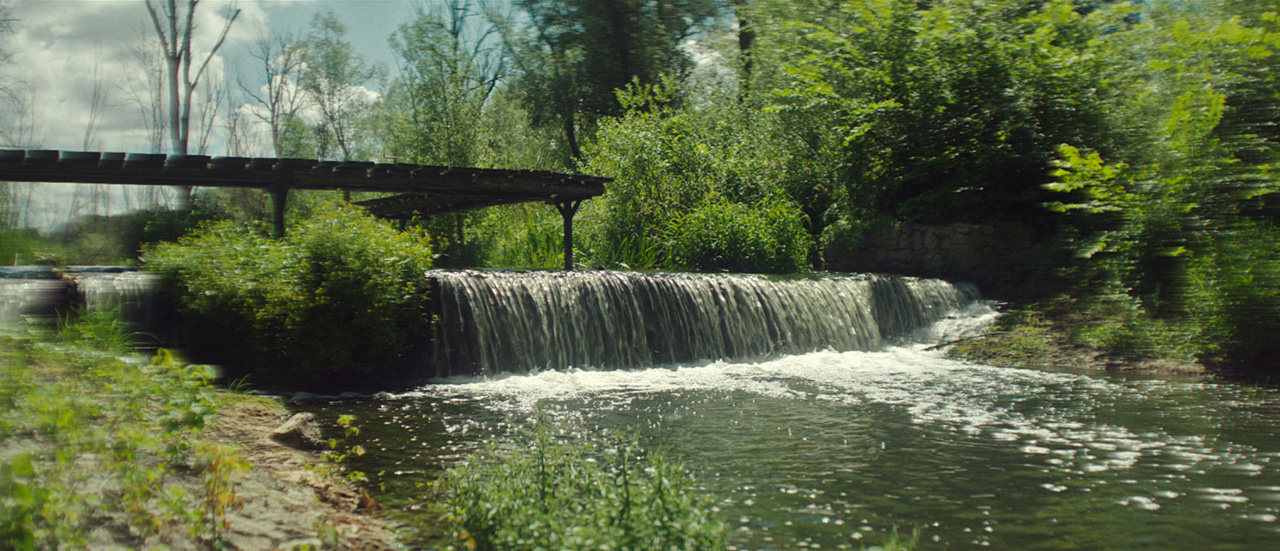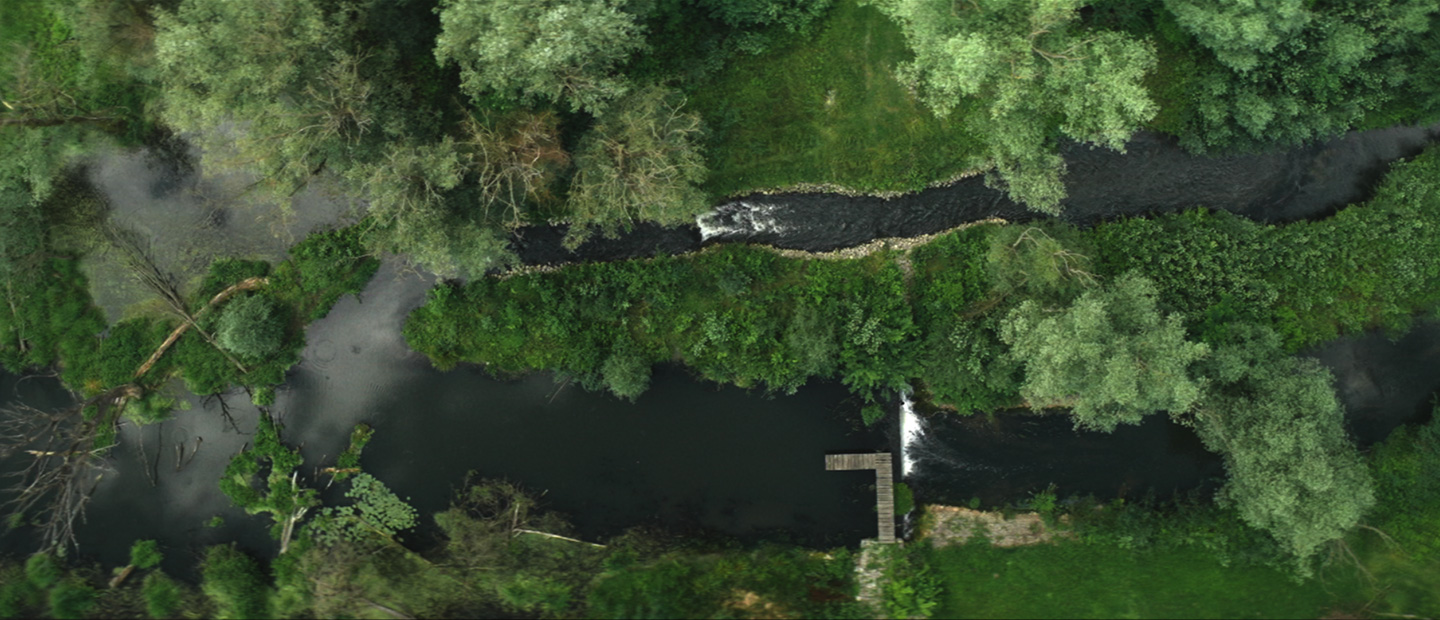
Returning water to nature and communities, one drop at a time
20-03-2025
Water is essential to life, our beverages and the communities we serve.
We aim to promote water stewardship within our business to increase water use efficiency and treat and return safe water to communities.
The Coca‑Cola Company’s water strategy includes efficient water use in our operations, as well as giving water back to nature and communities. Together, the Coca‑Cola system and The Coca‑Cola Foundation (TCCF) invest in projects worldwide to improve watersheds that supply water for drinking, agriculture and manufacturing. Healthy Watersheds offer clean and plentiful water, allowing biodiversity to thrive and sustaining human activities.
Since 2015, more than 100% of the water used in our finished beverages has been returned to nature and communities1. This work is done with significant support from TCCF.
Restoring wetlands in Belgium
For ten years, The Coca‑Cola Foundation has been supporting projects initiated by Natuurpunt to restore wetlands in the Flanders. In 2024, a new project has started to strengthen the nature reserve in the Vallei van de Zwart Beek – one of the last remaining peatland areas in the Flanders.
If this vast peatland were to dry up, the mass of CO2 stored in it would be in danger of being released. To prevent this from happening, it is important to optimise water management. By creating a more interconnected area, filling in canals and digging up dikes, the peat can remain wet. Along with protecting the peatland, the project also aims to restore a natural pond that was drained so that it becomes a body of water that is bustling with life again. [1]
Helping to preserve nature and biodiversity in the Netherlands
Extreme drought caused the Ponds of the Pastoorsweijer to dry up. With support from the Coca‑Cola Foundation, Coca‑Cola Netherlands, the Province of North Brabant, the municipality of Bergeijk, and the Dommel Water Board, the Dutch NGO Natuurmonumenten has investigated the causes of the drought in this natural reserve and has helped restore the water system. Dikes and quays have been strengthened and widened, and the old weirs and pipes have been renewed. The restoration of these ponds helps to preserve not only nature and biodiversity, but also cultural history, as The Pastoorsweijer fish pond complex, together with Liskes and Brouwersweijer, is part of an ancient water system. [2]
Reviving the Danube River Basin
For more than a decade, TCCF has supported The Living Danube Partnership, initiated by the World Wildlife Fund Central and Eastern Europe (WWF-CEE), the International Commission for the Protection of the Danube River (ICPDR) and local and national stakeholders. The project is helping protect and restore the longest river in the EU, which flows through 19 countries.
It’s estimated that more than 80% of floodplains and wetlands along the Danube River and its tributaries have been lost and with them vital ecosystems, goods and services - from fish and fowl to water management and purification [3]. Compounding the loss is how wetlands can continue to serve as a natural buffer against flooding and droughts and act as carbon sinks, which helps mitigate water stress and climate change.
Since rivers know no borders, only collective action can address this challenge effectively. In 2021, The Living Danube Partnership completed its initial restoration projects in Austria, Bulgaria, Croatia, Hungary, Serbia and Romania, which improved more than 5,000 hectares of vital wetlands, rivers and floodplains, and helped replenish approximately 13.45 million m3 of water annually. As water returned to wetlands, so did the sounds of nature, as birds, fish and amphibians settled back in their home.
The next three-year continuation of this initiative spans six countries and aims to further reduce water stress and improve biodiversity for this vital lifeline to the continent.
Further readings




